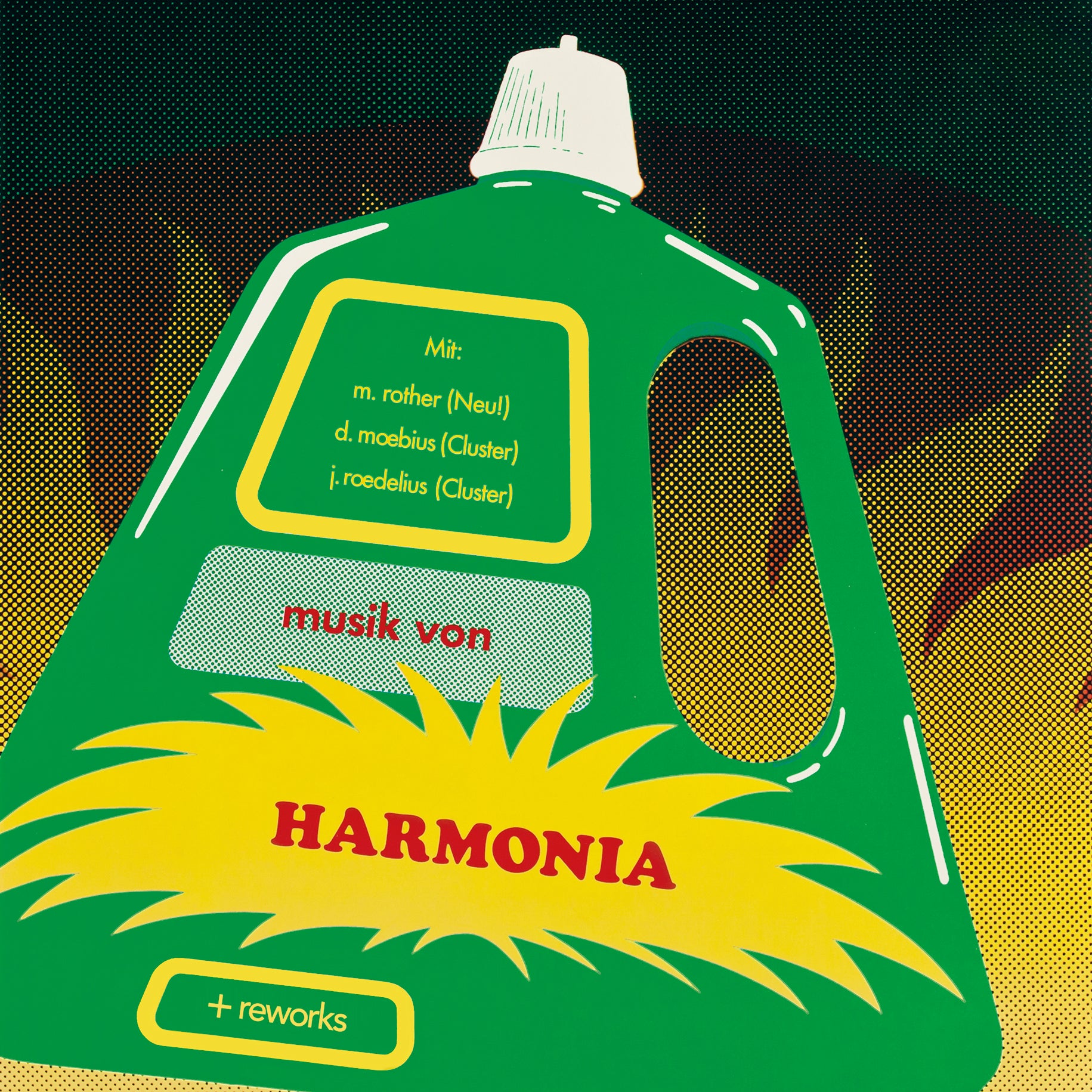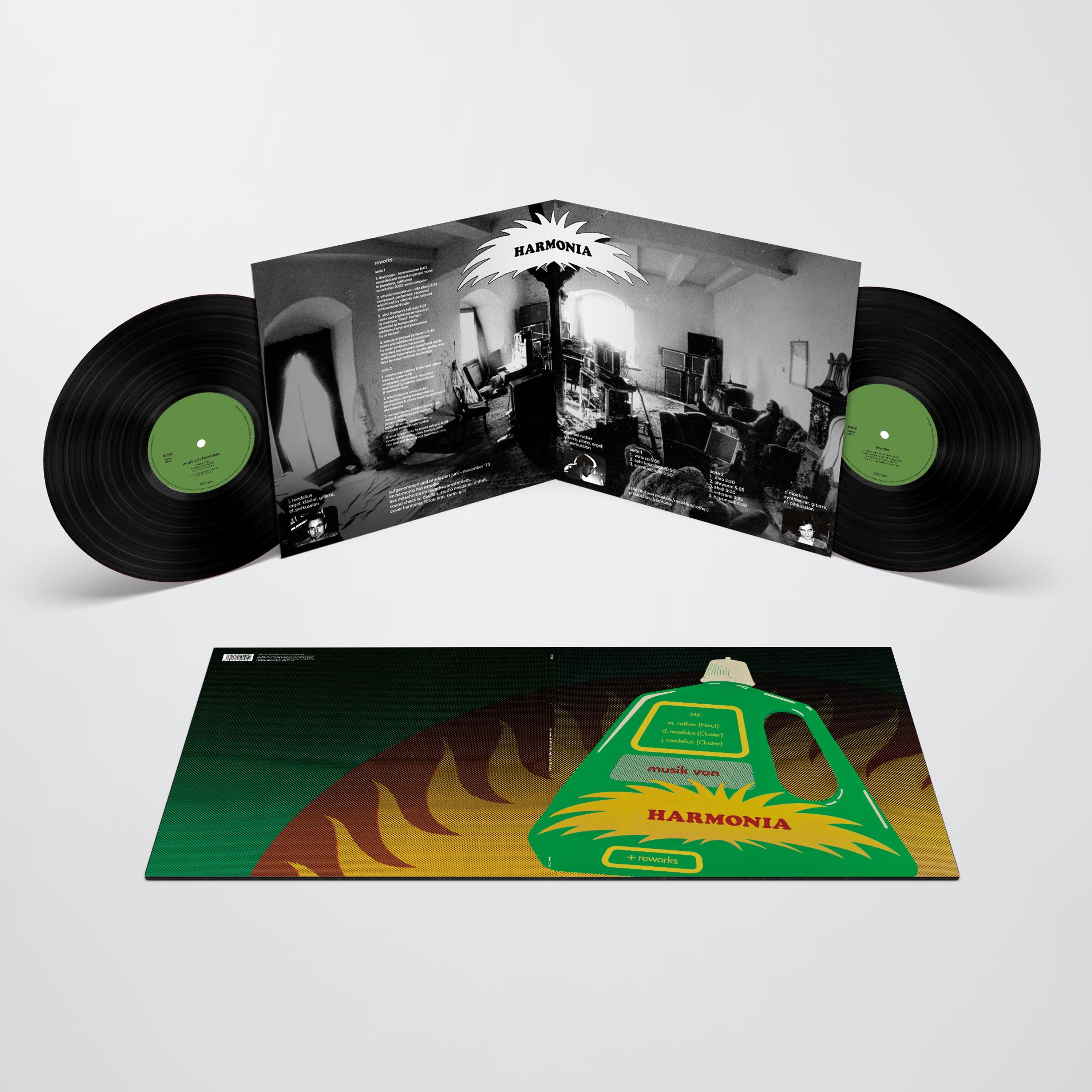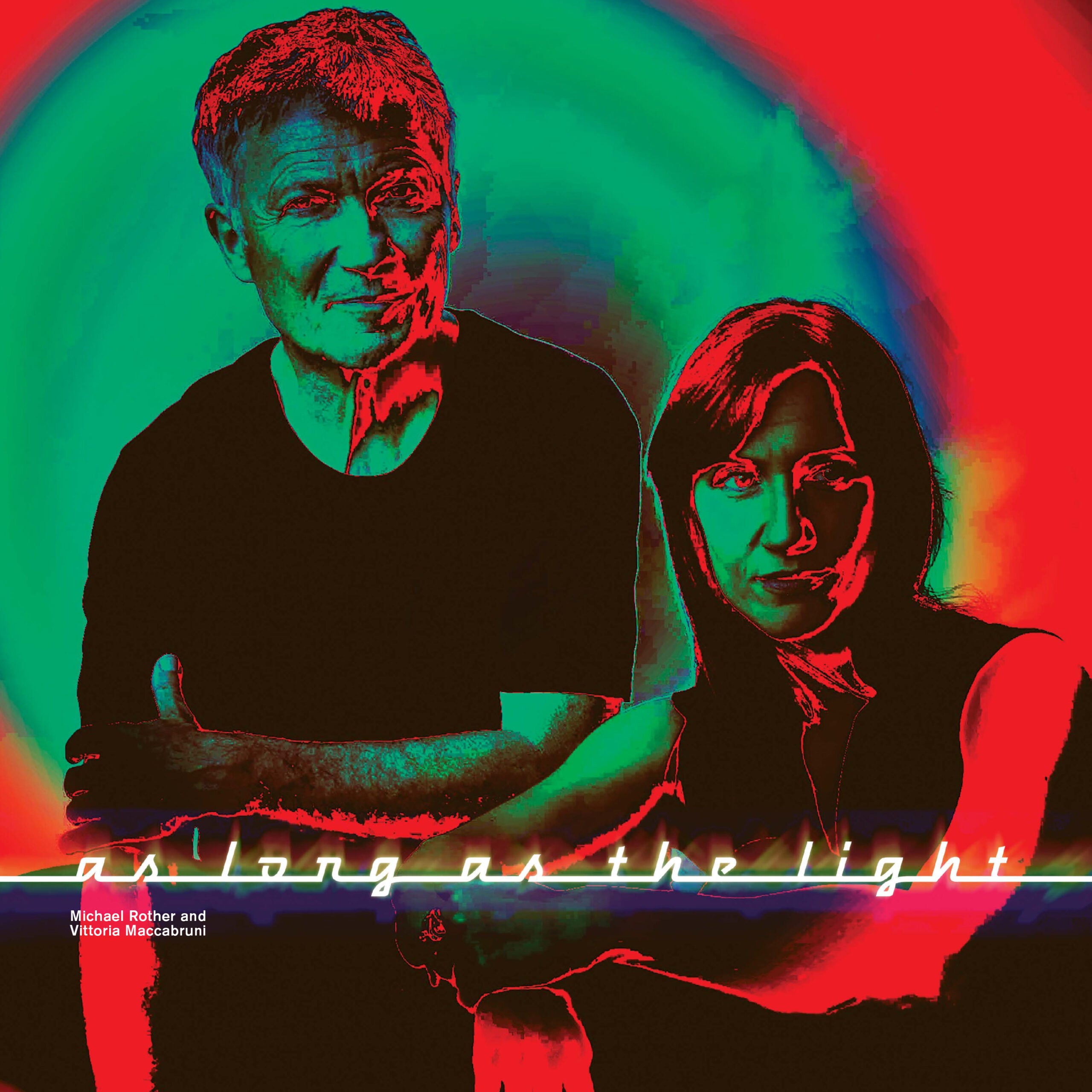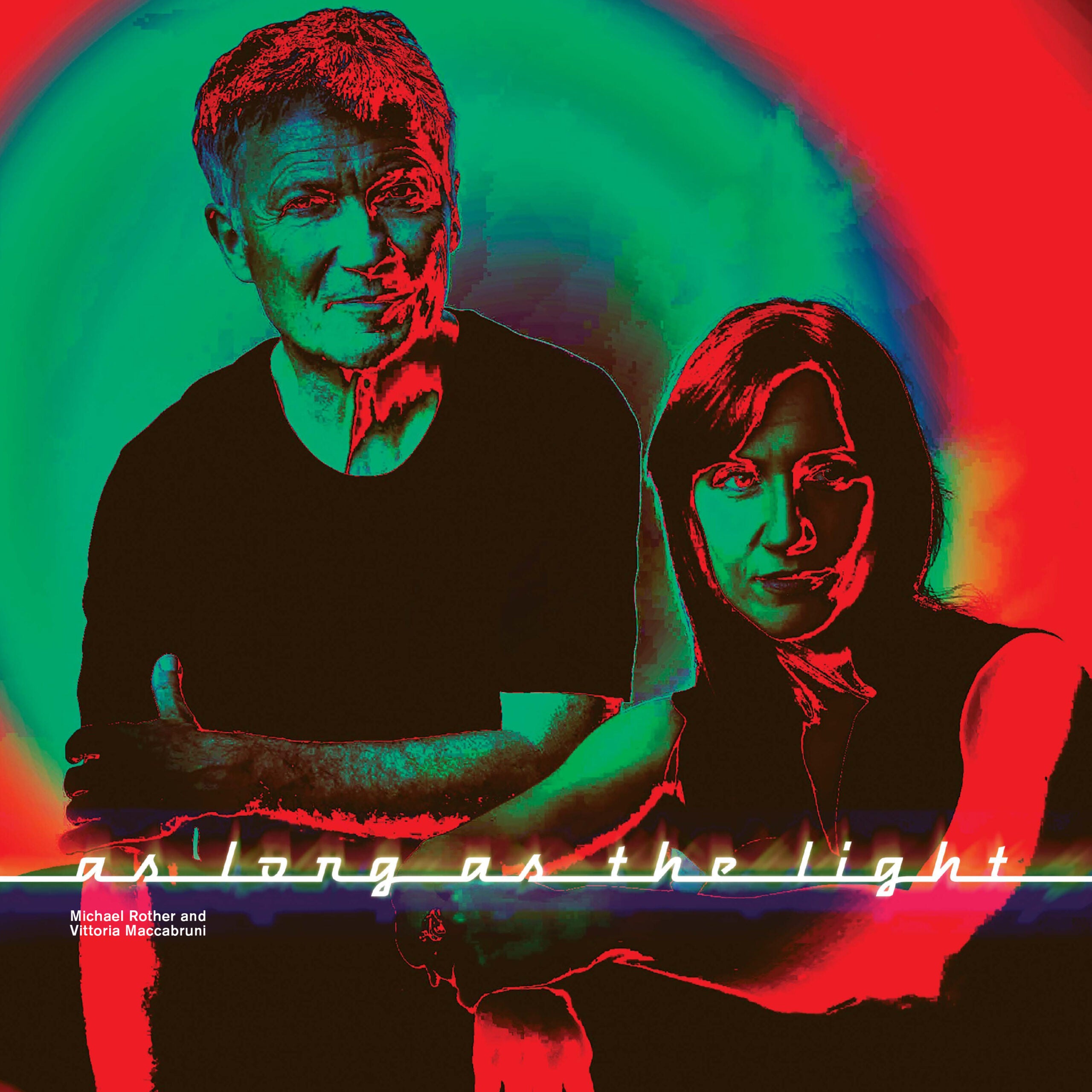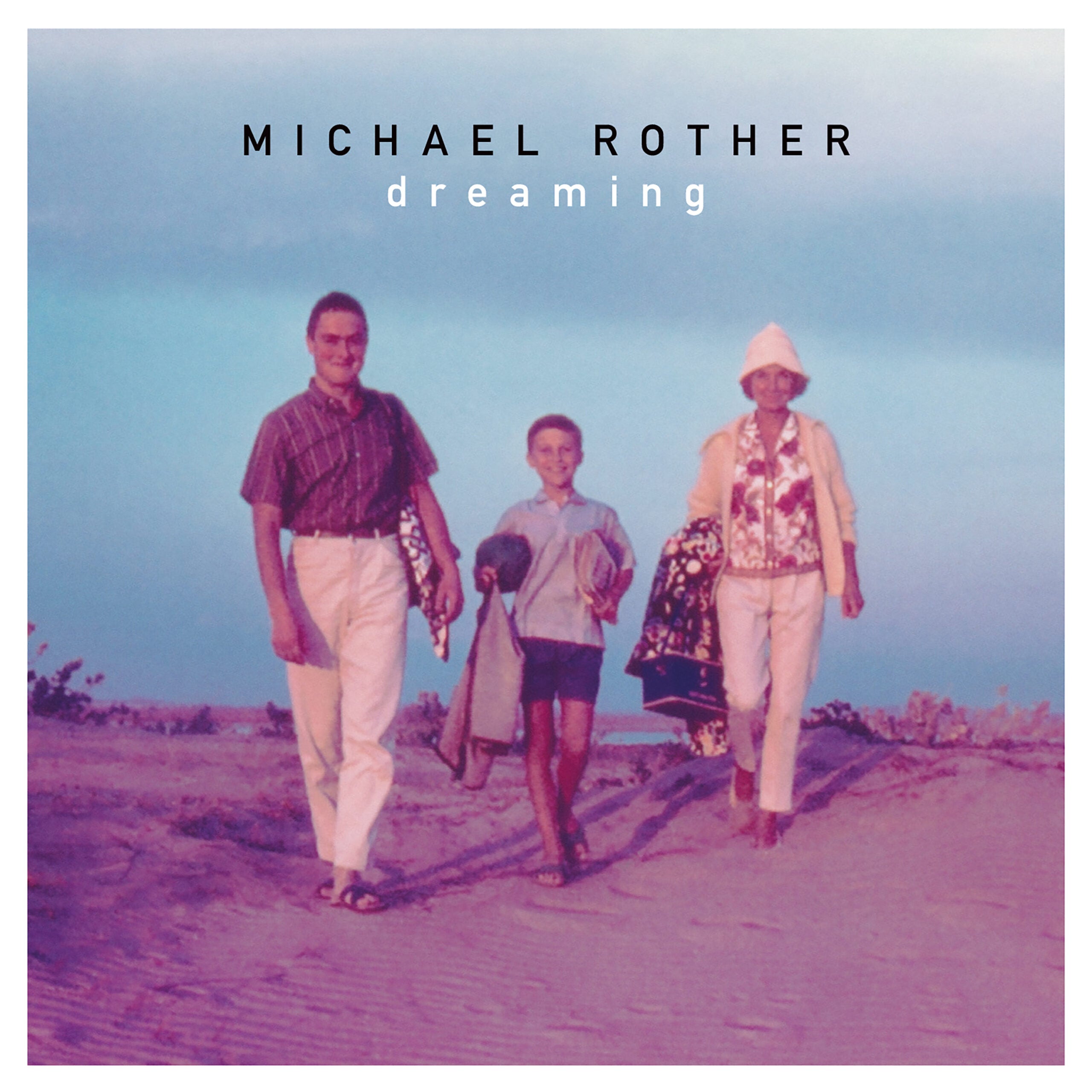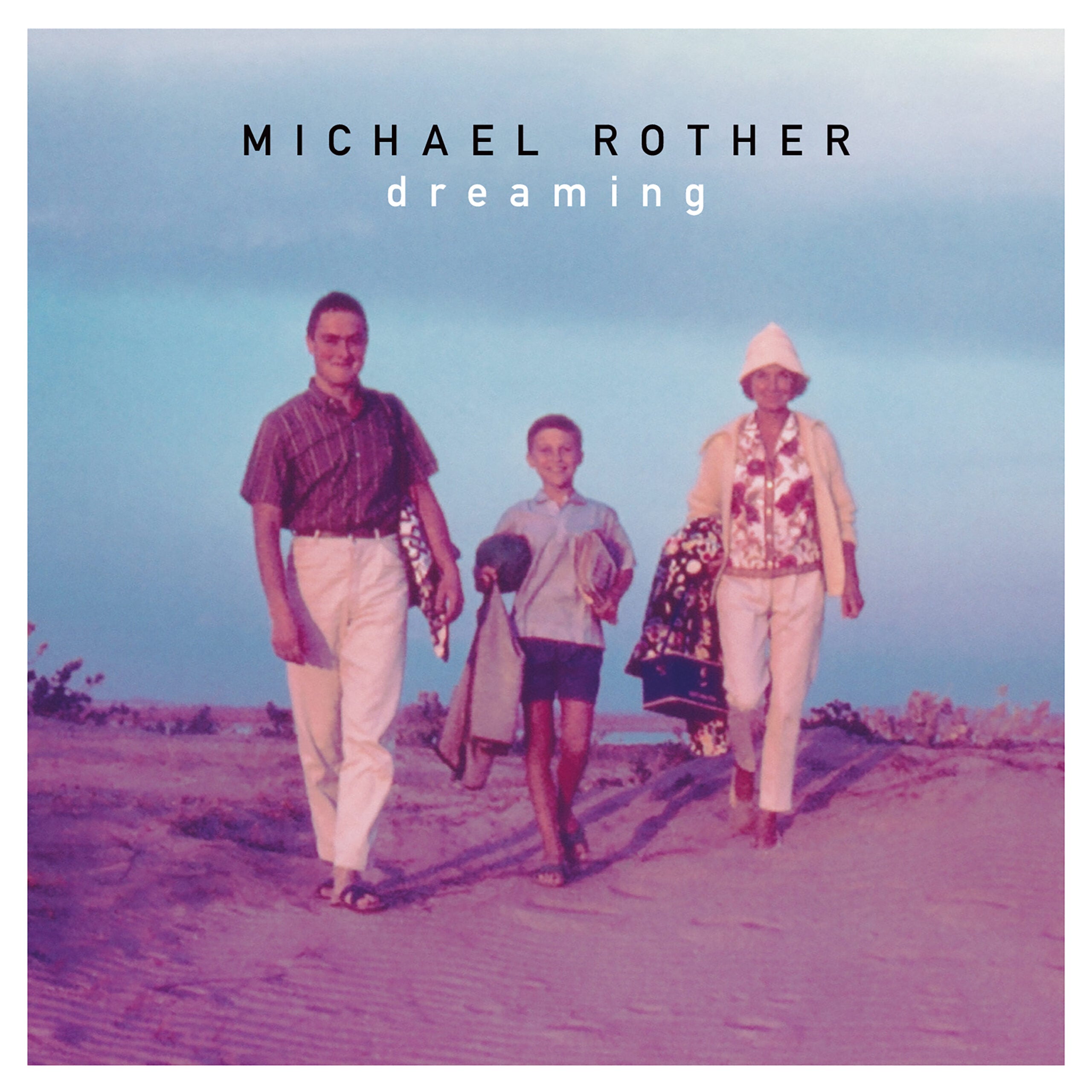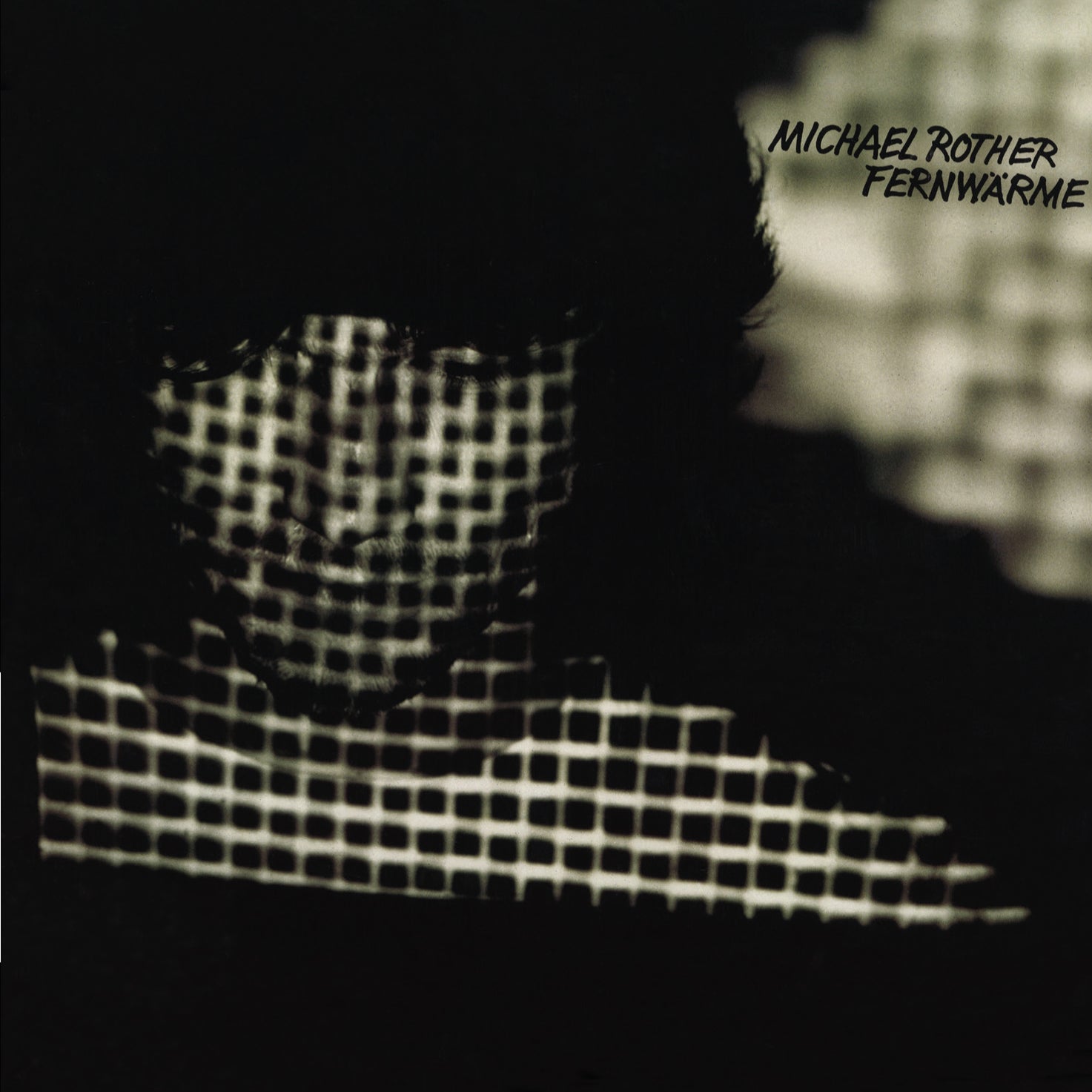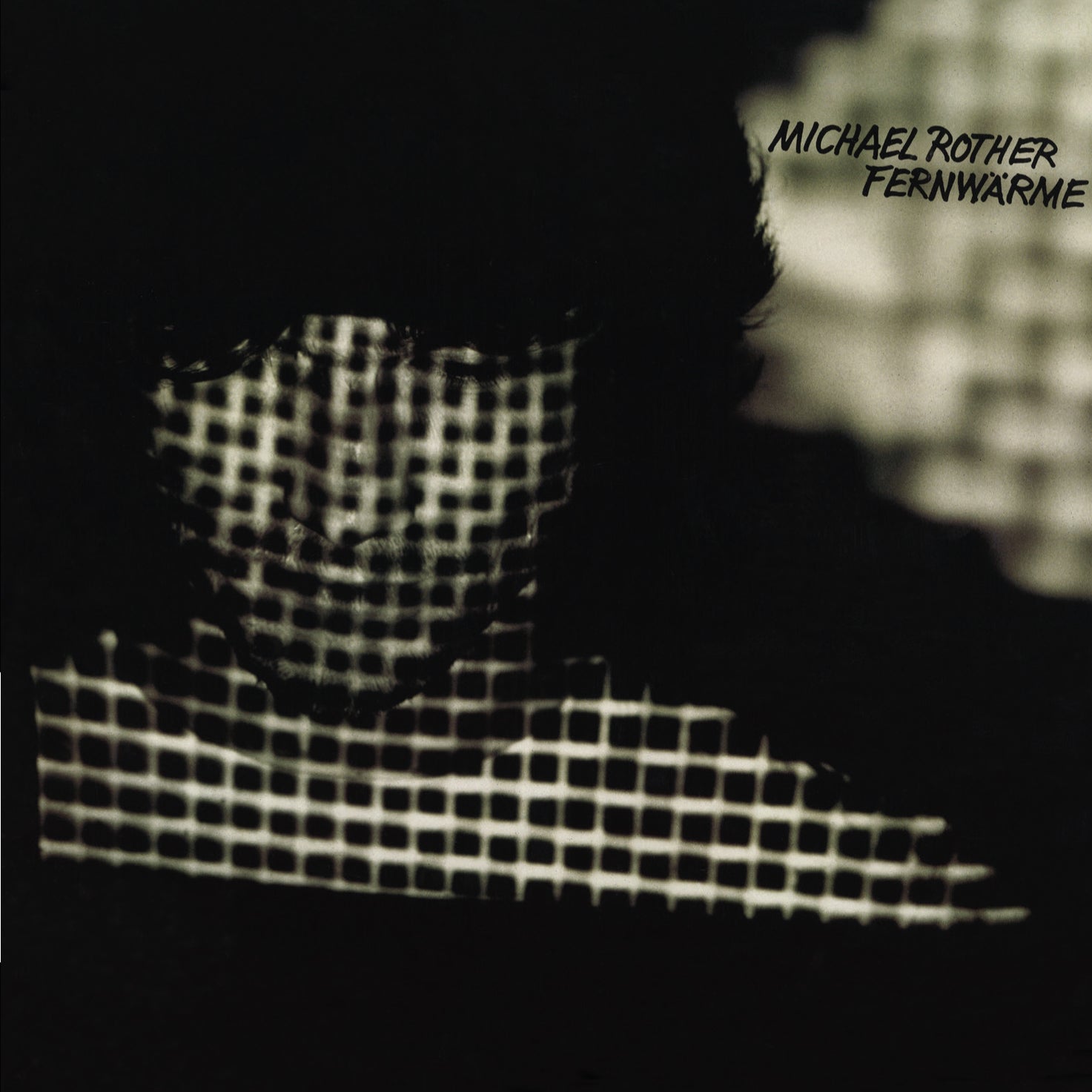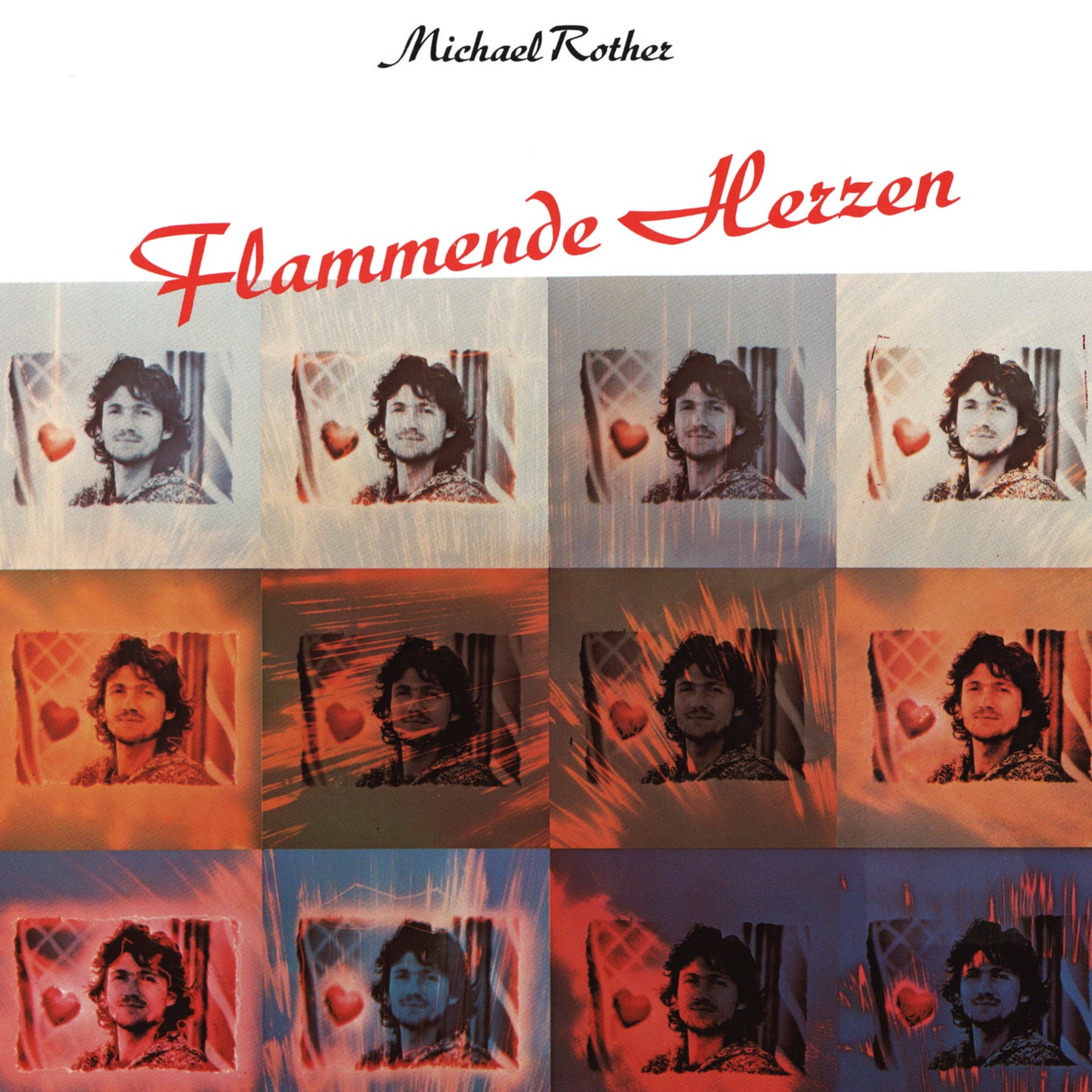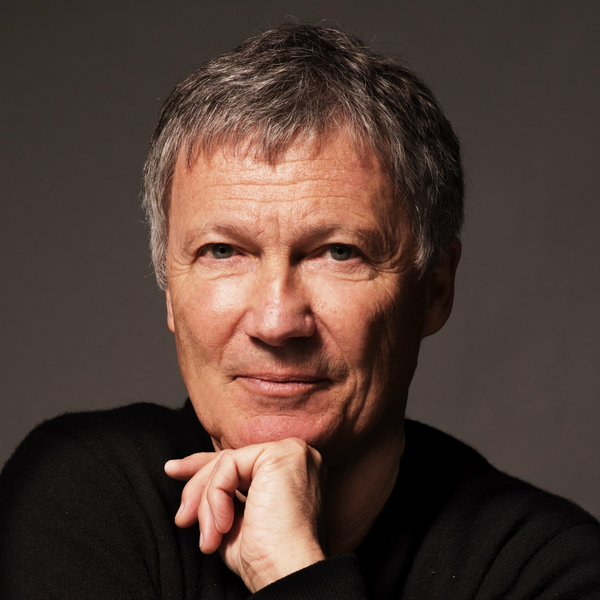
WEBSITE
Michael Rother
Michael Rother, the visionary German guitarist, creates timeless soundscapes. His unique fusion of rock and electronics, coupled with ingenious instrumentation, shows that he not only breaks musical boundaries, but also explores the infinite expanses of creativity.
After the retrospectives by NEU! and Harmonia, Grönland Records will finally release solo works by Michael Rother in an opulent box set on February 22nd, 2019.
Why Germany’s most influential electric guitarist achieved his breakthrough with his 1977 solo debut “Flammende Herzen” remains a mystery of pop history to him and many music connoisseurs to this day.
The unmistakable Rother sounds and melodies on guitar and other instruments of the musician, who was born in Hamburg in 1950, could already be found on the albums of his band projects NEU! and Harmonia.
In addition, both the works of Harmonia and NEU! had already been produced by the sound visionary Conny Plank.
But perhaps NEU! were often too harsh for the general public and simply too far ahead of their time. Harmonia's soundscapes and experiments clearly overwhelmed the audience at the time, even though it was demonstrably Harmonia who influenced David Bowie and Brian Eno, for example, on the pop milestone "Low".
But as life goes – between challenging luck and the sometimes arduous grind of perseverance: With “Flammende Herzen” (Flaming Hearts), Michael Rother finally achieved the commercial breakthrough he deserved in 1977.
This is particularly true in Germany, where his two bands, now cult-worshipped, received little recognition for decades. Abroad, it was absurdly the other way around: in England, for example, fans needed many years to discover Rother's solo albums, while NEU!'s music in particular found an audience there from the very beginning - thanks to pop enthusiasts like John Peel. Typically, no major record company was found for "Flammende Herzen" in 1976. It was the independent label Sky Records, run by Günter Körber, that dared to invest in this unique music.
"When I heard the first sales figures, I thought: This is not going to work! The distributor had only wanted to put 150 units in the shops...", recalls Rother, who was not exactly spoiled for success after the commercial failure of Harmonia.
It was actually a radio DJ who managed to set the nation's hearts ablaze overnight. A certain Winfrid Trenker did a two-hour Rother feature on his "Radiothek am Donnerstag" (Thursday radio program). After the broadcast on Westdeutscher Rundfunk, the phone at the station apparently never stopped ringing!
In addition to Michael Rother and Conny Plank, Can drummer Jaki Liebezeit can also be heard on "Flammende Herzen". The basic tracks were recorded by both musicians together: "Although Jaki didn't know the pieces at all, he understood exactly what I was getting at. Jaki combined his outstanding technique with great empathy," he remembers.
Michael Rother is probably the only musician on earth who was lucky enough to be able to play with both of the great German drummers of the 1970s: Klaus Dinger and Jaki Liebezeit. Neither of them were just blunt beat keepers, but rather put their whole hearts into the music and contributed to the success of the recordings with their inspiration. Fortunately for all of us, Rother's music is also so wonderful!
One year after “Flammende Herzen”, the album “Sterntaler” was released on the same label and with the same line-up. A worthy successor that seamlessly followed on from “Flammende Herzen” in both commercial and artistic terms and further refined the musical concept.
On the cover of "Sterntaler" you can see the iconographic silhouette photograph by Ann Weitz from 1977, which now also adorns the famous Rother retrospective. The design of the box, including the two new albums and the 36-page booklet, was done by graphic artist Walter Schönauer, who had already worked with Rother on the NEU! and Harmonia box sets.
When it comes to album and song titles, the artist often deliberately misled the audience. Michael Rother is neither a dreamy romantic nor a fantasy freak who is out of touch with reality. Together with his friend Jens Harke, a copywriter, he came up with images ranging from "Land of Fire" to "Cat Music" to "District Heating" - which he used to title his instrumentals and which all allow for multiple interpretations.
Anyone who asks Michael Rother today about his musical influences will find out that after his beat and early rock socialization, from the Beatles to Jimi Hendrix, he hardly listened to any other pop music at all in order to be able to concentrate entirely on developing his own music, as free as possible from unwanted influences.
Above all, it was a conscious decision for him to move away from the blues. He realized early on that the blues - despite all the appreciation - did not represent his cultural roots. Instead, Michael Rother found his own musical language: classical, but not classical, willing to experiment, but not beholden to the avant-garde. Rocking and spherical. Rhythmically adept - but not jazz, inquisitive but still to the point: pop music for all eternity.
Rother likes images of infinity. Not in a religious sense, as in meditative mantras, but rather in the mathematical sense of an elongated curve that must return to its starting point at some point.
So it is not surprising that after hearing the soundtrack of the film “Liquid Sky” in 1982, Michael Rother fell in love with the sound design possibilities of the Fairlight music computer, after which he delved deep into the world of samples and sequences on his albums from “Lust” (1983) onwards.
But it was often "his user errors" that sometimes led to unexpected, unusual results in the complicated programming language of the Fairlight. How fortunate that he recorded all the errors for us.
As a bonus to the four original albums “Flammende Herzen”, “Sterntaler”, “Katzenmusik” and “Fernwärme”, the retrospective includes a vinyl disc with Michael Rother soundtracks to two feature films. Film fan Rother found working on “Houston” and “Die Räuber” to be a particularly inspiring challenge, as it was about being inspired by the atmosphere and emotionality of individual scenes and adding a harmonious sound layer to them.
Nowadays, Rother likes to perform live – as documented on another record in the box set. He travels all over the world with his fellow musicians Hans Lampe (drums) and Franz Bargmann (guitar). He is grateful that today, unlike in the 1970s, there are technical solutions that allow you to perform complex music live even with a small ensemble.
When time and space allow, he likes to perform with world-famous fans of his music, such as Paul Weller, Steve Shelley from Sonic Youth or John Frusciante from the Red Hot Chili Peppers! At two legendary Peppers concerts in Hamburg, Rother performed 30-minute encores with Flea & Co.
He has always appreciated the closeness and immediate reaction of the audience live, especially when he took the risky exit of improvisation together with his fellow musicians.
Michael Rother doesn't feel the need to record another studio album right now. When he thinks about it, he remembers endless sleepless nights in which he hallucinated and moved the controls on the mixing desk up and down while half asleep.
How good that we can listen to the completed works collected here so easily again and again.
Maurice Summen


